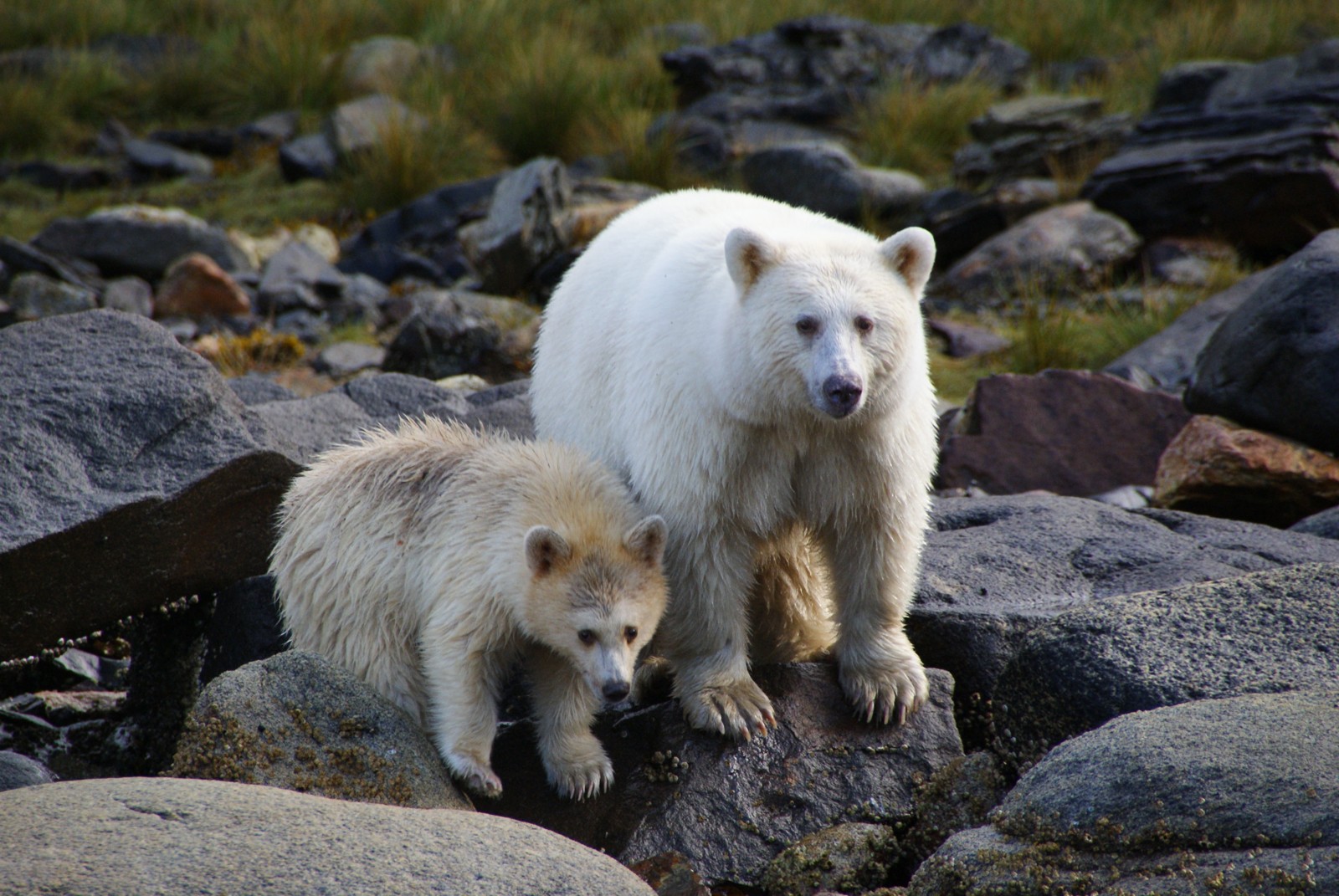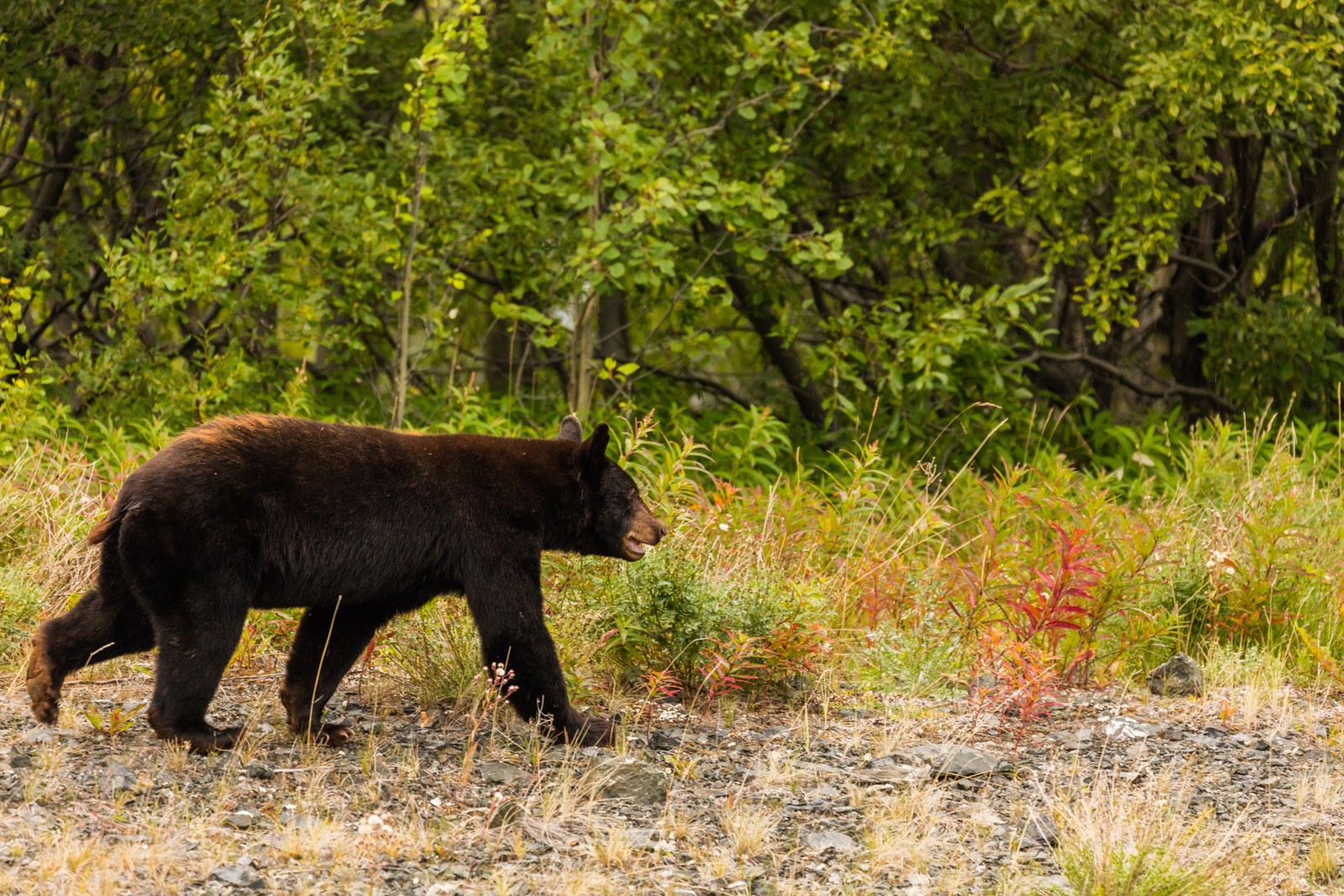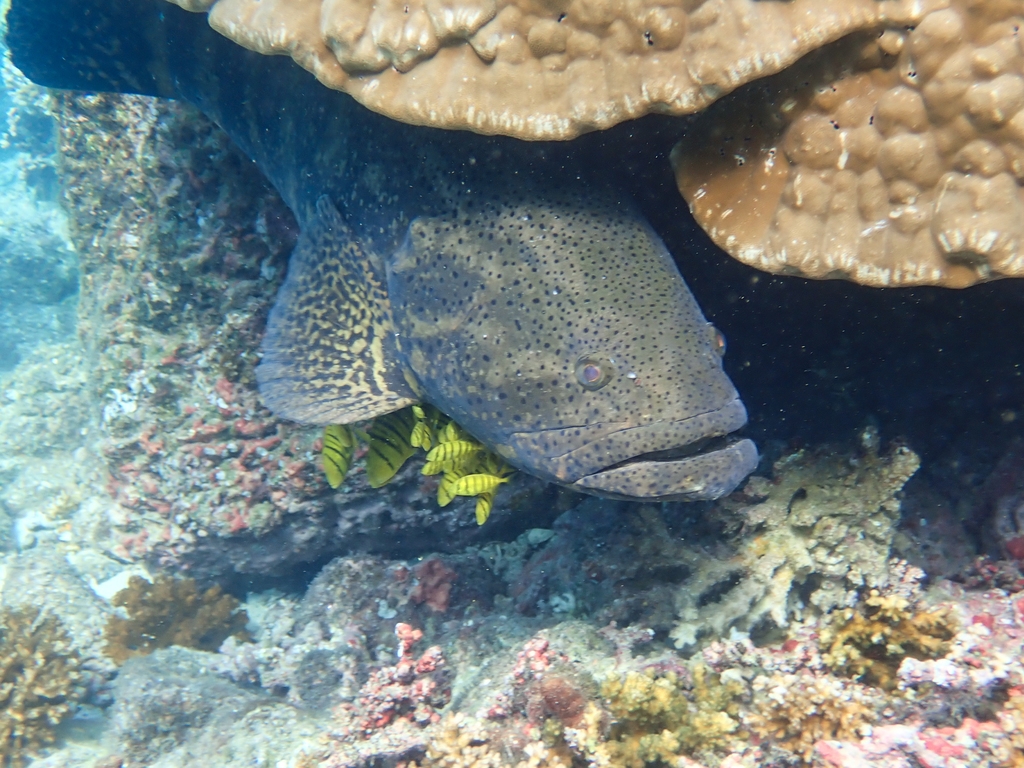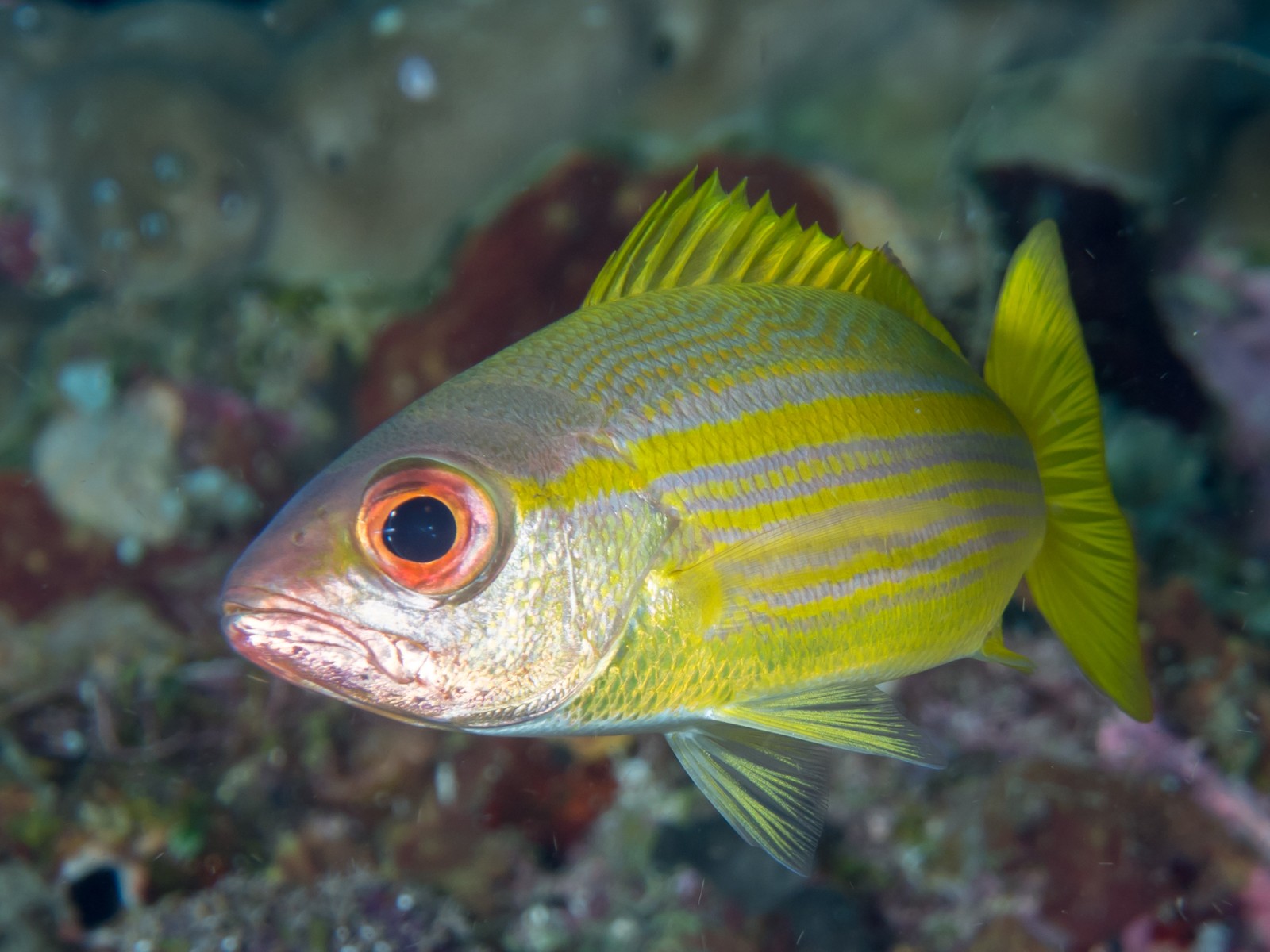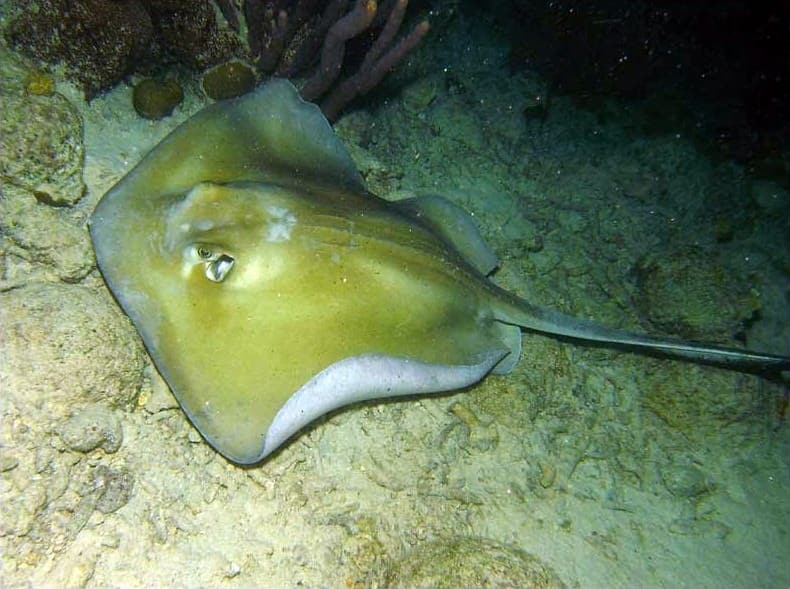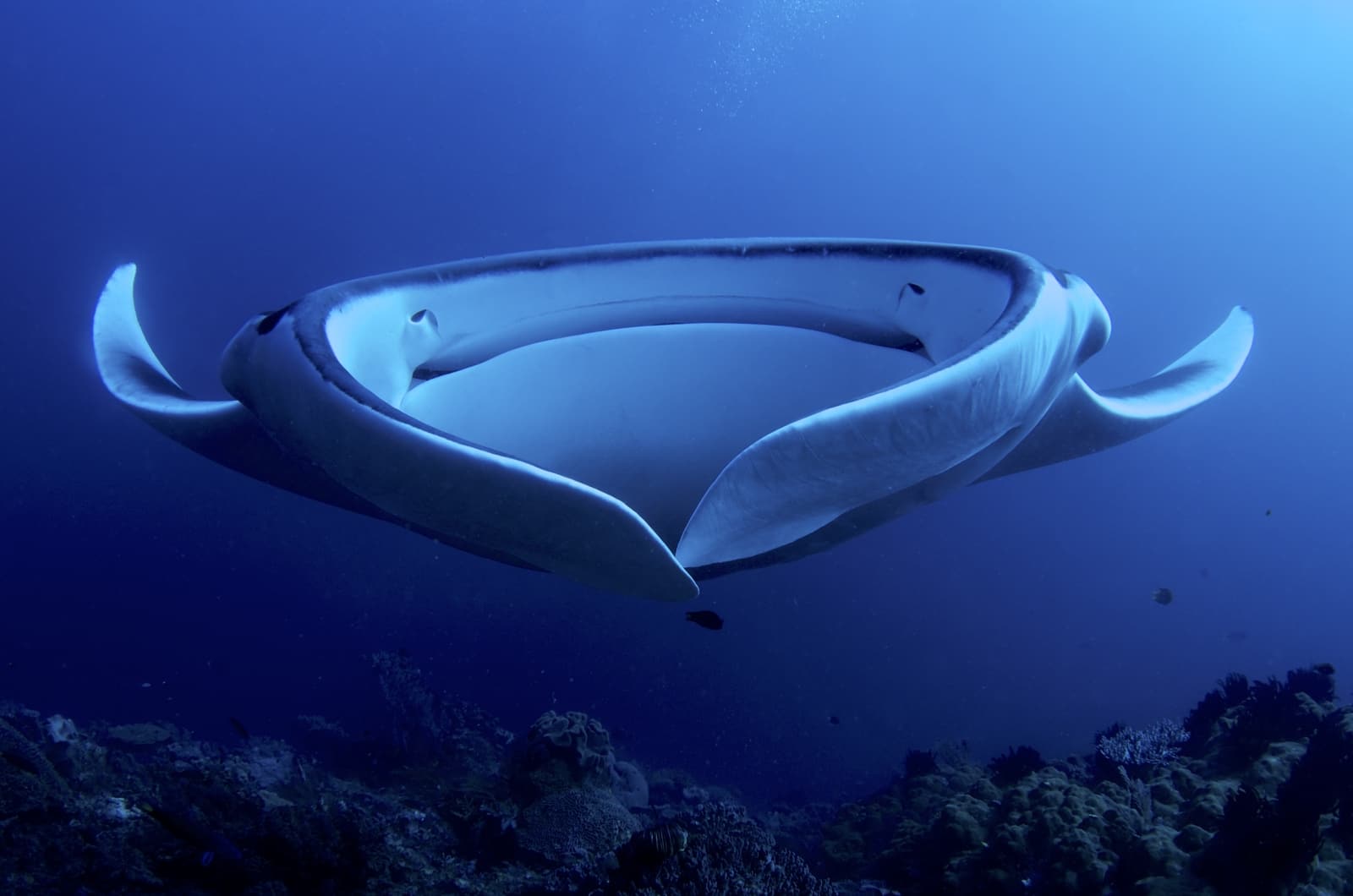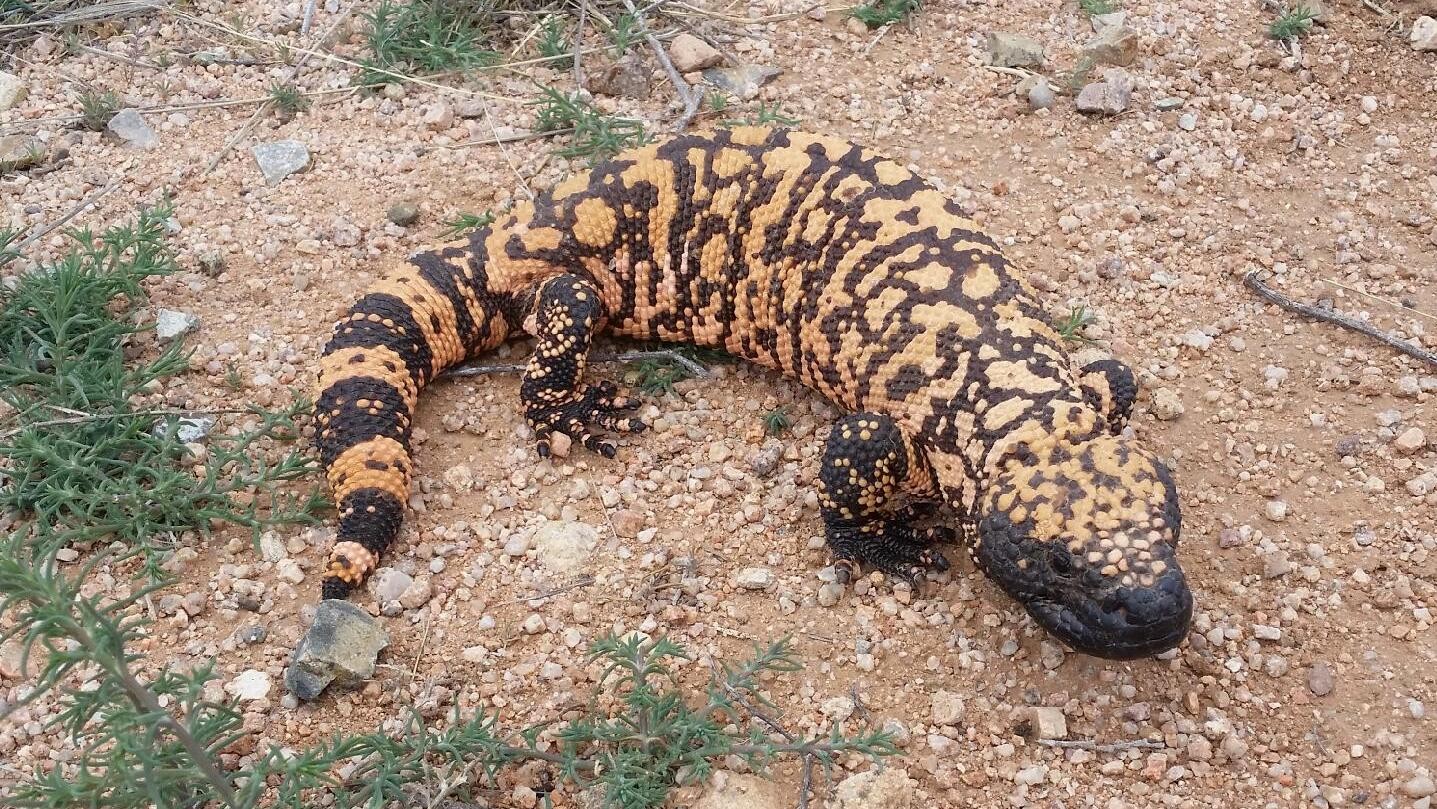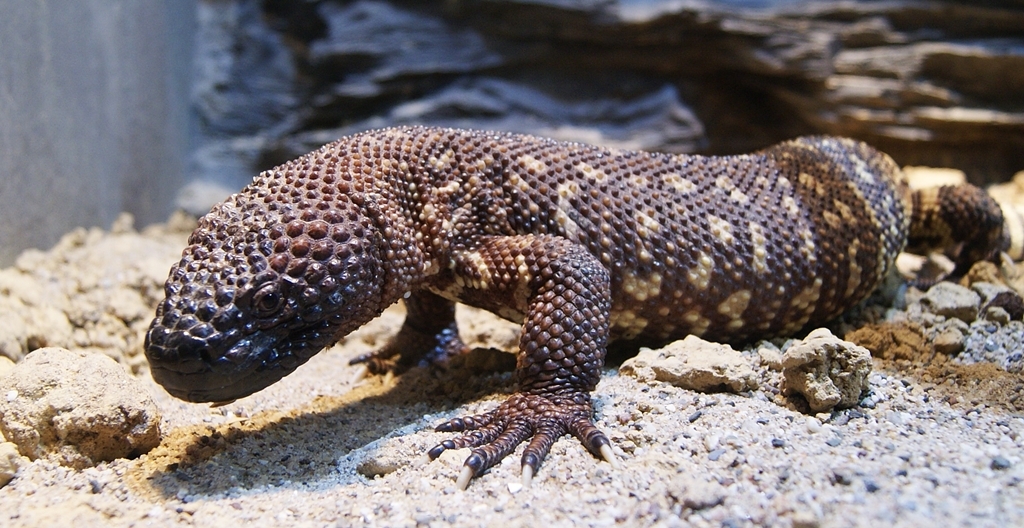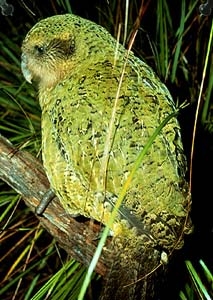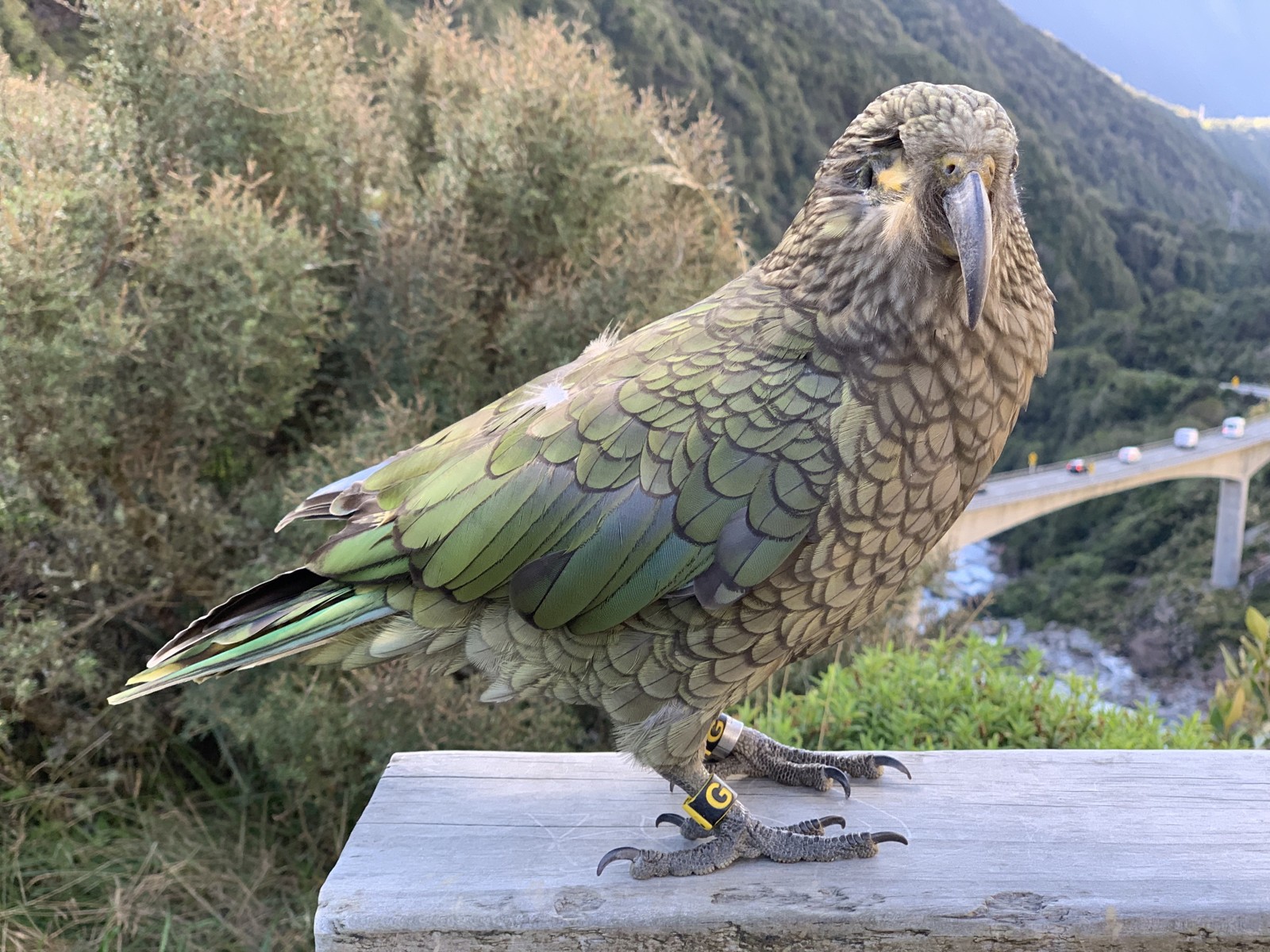Mandrill vs Baboon: A Complete Comparison
When comparing mandrill vs baboon, these distinctive African primates share some similarities but exhibit remarkable differences. Mandrills (Mandrillus sphinx) are the world’s largest monkeys, with males weighing up to 119 pounds (54 kg), while baboons, depending on species, typically reach 77 pounds (35 kg). Though both belong to the Old World monkey family, mandrills are instantly recognizable by their vibrant facial features, whereas baboons display more subdued coloring.
These fascinating primates have evolved to thrive in different African ecosystems. Mandrills are forest specialists, inhabiting the dense rainforests of central Africa, while baboons demonstrate remarkable adaptability across various habitats, from savannas to mountainous regions. This fundamental difference in habitat preference has shaped their physical characteristics and social behaviors in distinct ways.
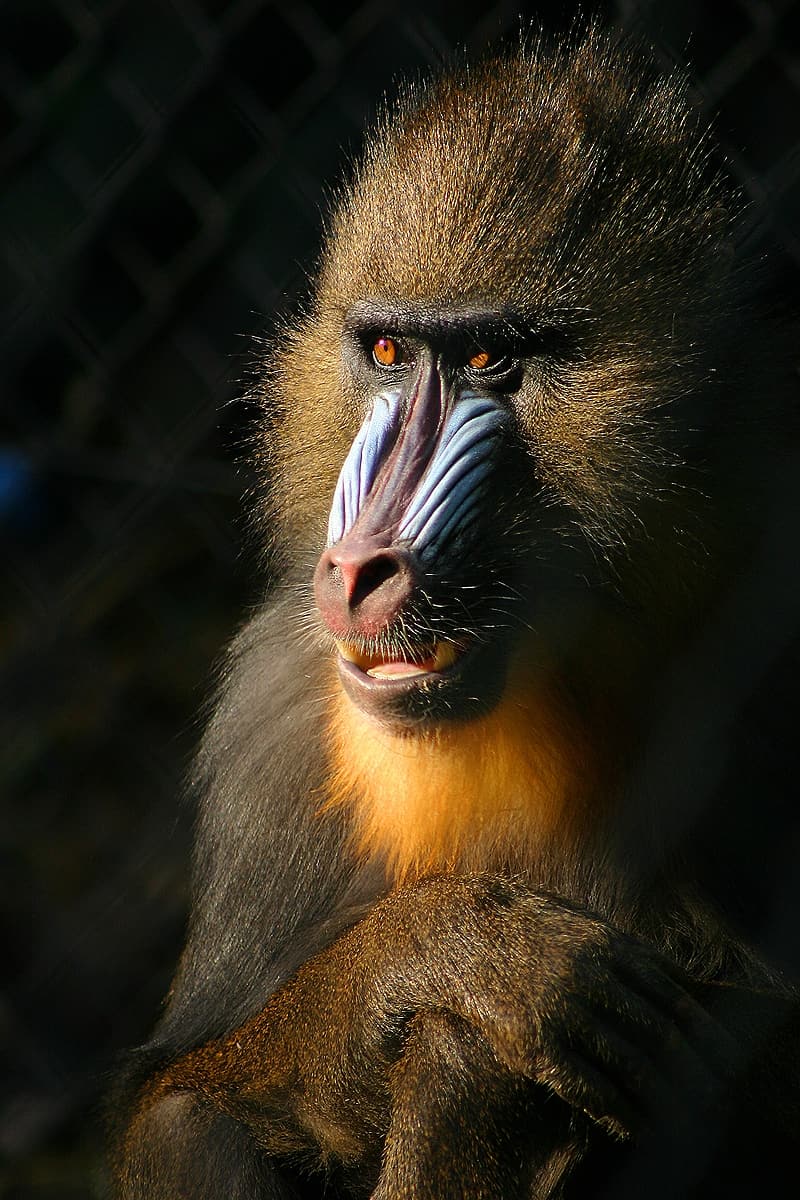
© Malene Thyssen / CC BY 2.5
The mandrill’s striking appearance sets it apart from all other primates. Their distinctive blue and red facial features serve as visual signals for social communication within their groups.
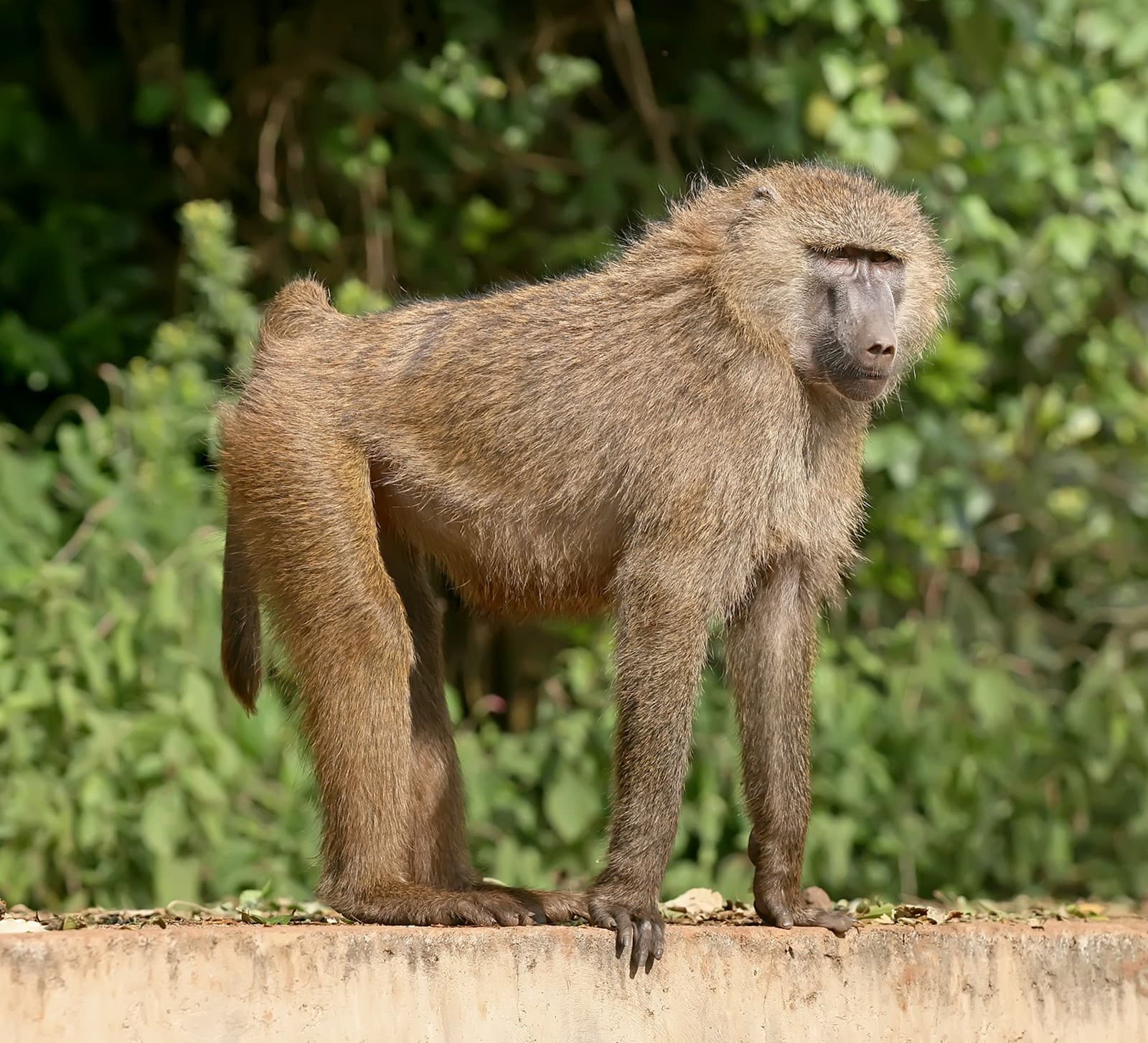
© Muhammad Mahdi Karim / GFDL 1.2
Baboons exhibit a more uniform appearance with their dog-like faces and robust bodies, perfectly adapted for their ground-dwelling lifestyle across diverse African landscapes.
Key Differences: Mandrill vs Baboon
| Feature | Mandrill | Baboon |
|---|---|---|
| Size | Males: 119 lbs (54 kg), Females: 27 lbs (12 kg) | Males: 77 lbs (35 kg), Females: 33 lbs (15 kg) |
| Habitat | Dense rainforests of central Africa | Savannas, woodlands, and mountains across Africa |
| Facial Features | Vibrant blue and red ridges, colorful muzzle | Dog-like face with elongated muzzle |
| Social Structure | Groups of 20-50 individuals | Troops of 50-250 individuals |
| Diet | Primarily fruits, some insects and small vertebrates | Omnivorous: plants, insects, small animals |
| Distribution | Limited to Cameroon, Gabon, and Congo | Throughout Africa |
Habitat and Distribution
Mandrills are habitat specialists, confined to the tropical rainforests of central Africa, particularly in Cameroon, Gabon, and Congo. Their limited range makes them more vulnerable to habitat loss compared to baboons, which have successfully adapted to various environments across Africa, from Ethiopia’s highlands to South Africa’s Cape.
Social Behavior and Intelligence
Both species display remarkable social intelligence, but their social structures differ significantly. Mandrills form smaller, more cohesive groups typically led by a dominant male, while baboons organize themselves into larger troops with complex hierarchical systems. Baboon troops can number up to 250 individuals, making them one of the largest primate social groups in Africa.
Physical Capabilities and Survival Strategies
Strength and Agility
Mandrills possess incredible strength, with males capable of effortlessly climbing trees while weighing over 100 pounds. Baboons, while equally strong for their size, have evolved to be efficient ground travelers, capable of covering vast distances in search of food and water.
Defensive Capabilities
Both species are equipped with impressive canine teeth and powerful muscles, but their defensive strategies differ. Mandrills rely more on their tree-dwelling abilities to avoid predators, while baboons employ group vigilance and aggressive displays to ward off threats.
Conservation Status and Threats
Mandrills face greater conservation challenges due to their specialized habitat requirements and limited range. Listed as vulnerable by the IUCN, their populations continue to decline due to deforestation and hunting. Baboons, conversely, have proven highly adaptable to human presence, sometimes leading to conflict in urban areas.
Who Would Win in a Confrontation?
While such encounters don’t occur naturally due to different habitat preferences, a male mandrill’s superior size and strength would likely give it an advantage in any theoretical confrontation. Adult male mandrills possess longer canines and significantly greater muscle mass than even the largest baboon species. However, baboons’ group-living strategy and collective defense mechanisms make them formidable opponents in their own right.
Understanding these remarkable primates helps highlight the incredible diversity of African wildlife and the importance of preserving their distinct habitats for future generations.
